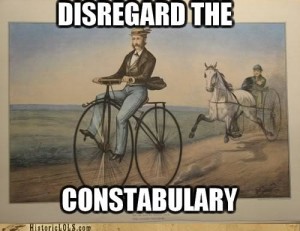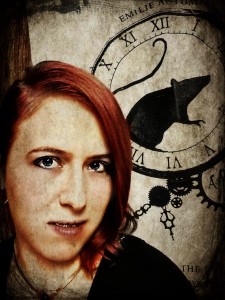
There is a popular piece of advice that has gone around (and around) writing circles since William Faulkner said it: “In writing, you must kill all your darlings.” Joss Whedon has since advised writers to cut what they love most from their manuscripts or screenplays if they’ve come up against a serious case of writer’s block. The advice is, succinctly: take out what you love the most to get “unstuck.” And writers have agonizingly cut their beloved characters and scenes out of their first and second drafts, thinking they are heeding valuable advice.
While I personally think authors like George R. R. Martin kill off beloved characters particularly well in order to elicit emotions from the reader, that’s not exactly what we’re talking about. I mean when a writer gets some alpha or beta reader’s feedback suggesting they cut a character or scene the author particularly loves. Forcing a character out of a first or second draft can be devastating to a newer writer. Sometimes, it might be necessary. But other times, it’s important to recognize when you have something special.
We can safely assume Joss Whedon has been stuck on many occasions because he’s a writer and that’s in the job description. Let’s imagine Whedon came down with a serious case of writer’s block while working on episodes of Firefly. Following his own advice, what would he take out? My favorite part of the show is Malcolm Reynolds, the captain of the firefly ship Serenity. Now let’s just imagine Firefly without Malcolm Reynolds for a minute. I can’t help but ask myself… What’s the point, anymore?
Would the show have reached its famed cult status if Whedon replaced Mal with a different, less Han Solo-esk character? Perhaps, but an absolutely vital piece of what makes Firefly so memorable, part of its magic, would have been buried in old drafts, never to see the light of day. Mal is special. He’s important to the story, and the story would be weaker without him. Imagine if we never knew Nathan Fillion as Mal because Whedon was under a deadline, or had had a bad week?
Put down the knife; back slowly away from the computer. Before immediately killing off your favorite character or deleting your favorite scene, I offer you an alternative: questions.
1. Did I develop this character to his/her full potential?
2. Is there something buried in my character’s past that could be vital to this story and increase conflict?
3. *Gulp* Is there a conflict?
4. What about my character could cause conflict with: a. others, b. his/her surroundings, c. his/her culture, or d. him/herself?
5. Did I outline this story? (Most writers report writer’s block when they skimp on pre-writing and outlining)
6. Am I holding back, or waiting to reveal something pivotal until the end? What if I put it near the beginning instead? How would that change the story, and could it make the story stronger?
7. What would make my side characters more interesting to play as a foil to the main character? Are the side characters just as developed as my main character?
8. Would taking this character out of my story make the story stronger or significantly weaker?
9. Pretend you have cut the scene or character in question. Are you just as enthusiastic about the project as you were before?
10. Are you willing to put in the time and work to fix the issue, deepen the character, conflict, or scene, in order to keep it in your project?
When it comes down to it, writers either run on enthusiasm or discipline. Ideally, at least a little of both. If the character or scene you love is giving you trouble, ask yourself if you’re still enthusiastic about the story, and committed to telling it. If it’s one of your first stories or drafts, you may find it’s better to cut your losses and either begin again or start a different story entirely. But if you love the story and are committed to telling it, there is always a way to fix the problem without resorting to cutting or killing your beloved darlings.









